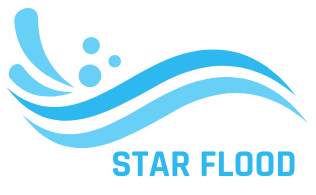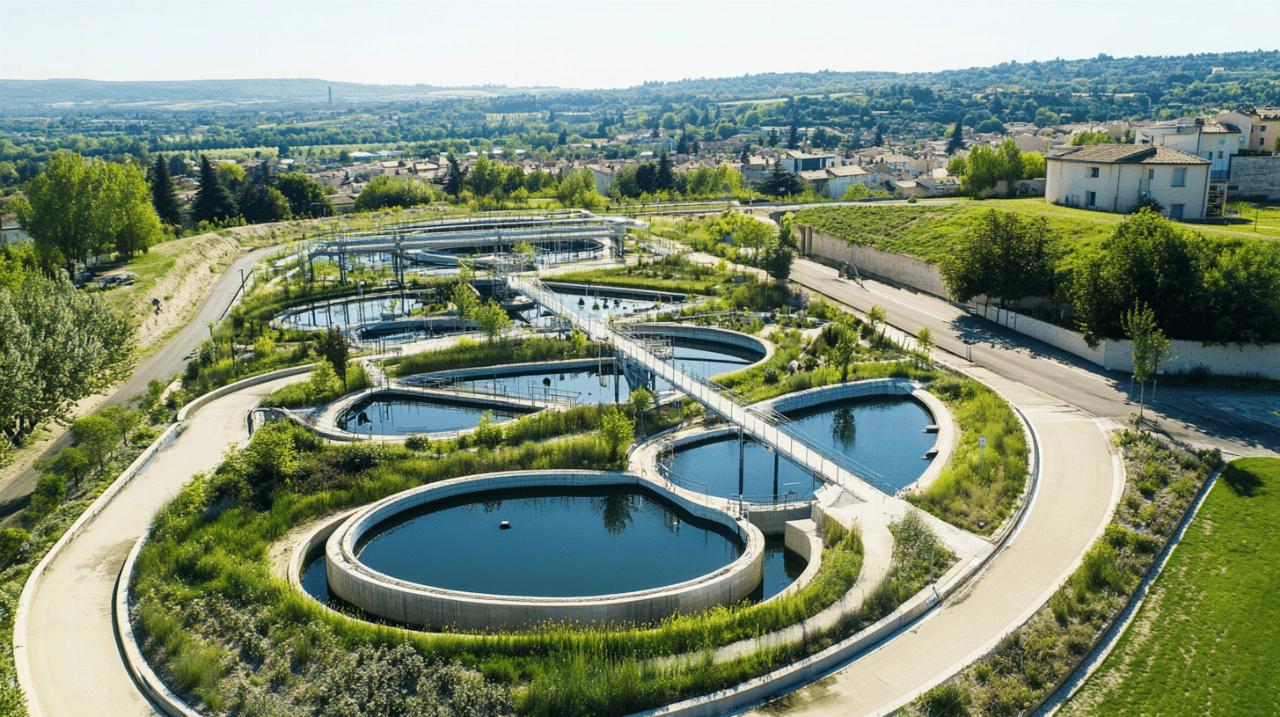L’eau, un enjeu stratégique pour aujourd’hui et demain
Notre site s’inscrit dans une démarche d’information et de sensibilisation autour de l’eau sous toutes ses formes : usages, traitement, innovation, écologie et gestion durable.
Pensé pour les entreprises, les acteurs de l’industrie, du marketing ou des collectivités, ce projet explore les solutions concrètes et responsables face aux défis hydriques de demain.
Parce que parler d’eau, c’est parler d’avenir.

Actu
L’eau au cœur de l’actualité
Restez informé des dernières tendances, innovations, réglementations et initiatives autour de l’eau. Du local à l’international, suivez les enjeux hydriques qui font bouger les lignes.
B2C
Sensibiliser et convaincre les consommateurs
Comment parler d’eau au grand public ? Produits écoresponsables, communication, comportements d’achat… Cette rubrique explore les meilleures pratiques B2C autour des enjeux liés à l’eau.
Entreprise
L’eau dans la stratégie des organisations
De la réduction des consommations à la valorisation de l’image de marque, l’eau s’intègre aujourd’hui dans les réflexions globales des entreprises. Cas concrets, tendances et bonnes pratiques à découvrir.

Taux sans risque : quand emprunter ? L’impact des produits dérivés sur votre décision
Dans le monde financier, comprendre le taux sans risque représente un avantage majeur pour optimiser vos décisions d'emprunt. Ce taux, référence fondamentale, influence directement les

L’apprentissage automatique : la clé pour comprendre comment gagner rapidement de l’argent grâce à une application iOS
L'apprentissage automatique représente une révolution technologique qui transforme le monde des applications mobiles, notamment sur iOS. Cette technologie, branche de l'intelligence artificielle, ouvre des perspectives

Ekyog ou le savoir-faire français du commerce éthique ! L’engagement derrière les labels français
Ekyog s'impose comme un acteur majeur de la mode française avec son approche unique du vêtement éthique. Cette marque a tracé un chemin novateur en

Réglementations et cadre légal autour de l’eau
Normes environnementales, obligations légales, responsabilité des entreprises… Suivez les évolutions juridiques et réglementaires liées à l’eau, en France et à l’international.
Management
Piloter la transition hydrique en entreprise
Former, impliquer, innover : les managers ont un rôle clé dans la mise en place d’une politique responsable autour de l’eau. Retrouvez ici des conseils et retours d’expérience pour mobiliser vos équipes.
Service
Des contenus pour mieux comprendre et agir
Analyses, décryptages, interviews, études de cas… Cette rubrique regroupe nos articles pour approfondir vos connaissances et alimenter votre réflexion autour des enjeux de l’eau, sans rien vendre, juste pour mieux comprendre.
Que dois-je faire si l’eau de ma citerne a une mauvaise odeur ?
A un moment ou un autre, il se peut que vous remarquiez que l’eau de votre citerne commençait à mousser et à dégager une odeur
.........Comment une agence web 360 pour votre stratégie digitale transforme la compréhension des attentes de votre audience
Une agence web 360 constitue un atout majeur pour toute organisation cherchant à optimiser sa présence numérique. Alors que le paysage digital se complexifie, la
.........Comment installer un système de collecte de l’eau de pluie ?
La pénurie d’eau et la durabilité environnementale sont des préoccupations pressantes dans le monde d’aujourd’hui. L’installation d’un système de récupération de l’eau de pluie est
.........Les filtres à utiliser en aval de la citerne pour rendre l’eau propre aux usages domestiques
Il est important, avant d’injecter l’eau de citerne dans votre réseau de canalisation, de la filtrer. La filtration sert à protéger la robinetterie, les chauffe-eau,
.........Comment empêcher les feuilles d’arbres de se retrouver dans votre citerne d’eau de pluie
Lorsqu’il pleut, l’eau s’écoule par le toit et l’arrivée d’eau dans la citerne, le réservoir ou le baril d’eau. L’eau de pluie transporte également du
.........Comment nettoyer une citerne à eau de pluie
Une citerne demande un entretien ponctuel. Le système d’alimentation en eau de pluie demande aussi de la maintenance. Dans cet article découvrez comment nettoyer votre
.........Que dois-je faire si l’eau de ma citerne a une mauvaise odeur ?
A un moment ou un autre, il se peut que vous remarquiez que l’eau de votre citerne commençait à mousser et à dégager une odeur
.........Comment une agence web 360 pour votre stratégie digitale transforme la compréhension des attentes de votre audience
Une agence web 360 constitue un atout majeur pour toute organisation cherchant à optimiser sa présence numérique. Alors que le paysage digital se complexifie, la
.........











